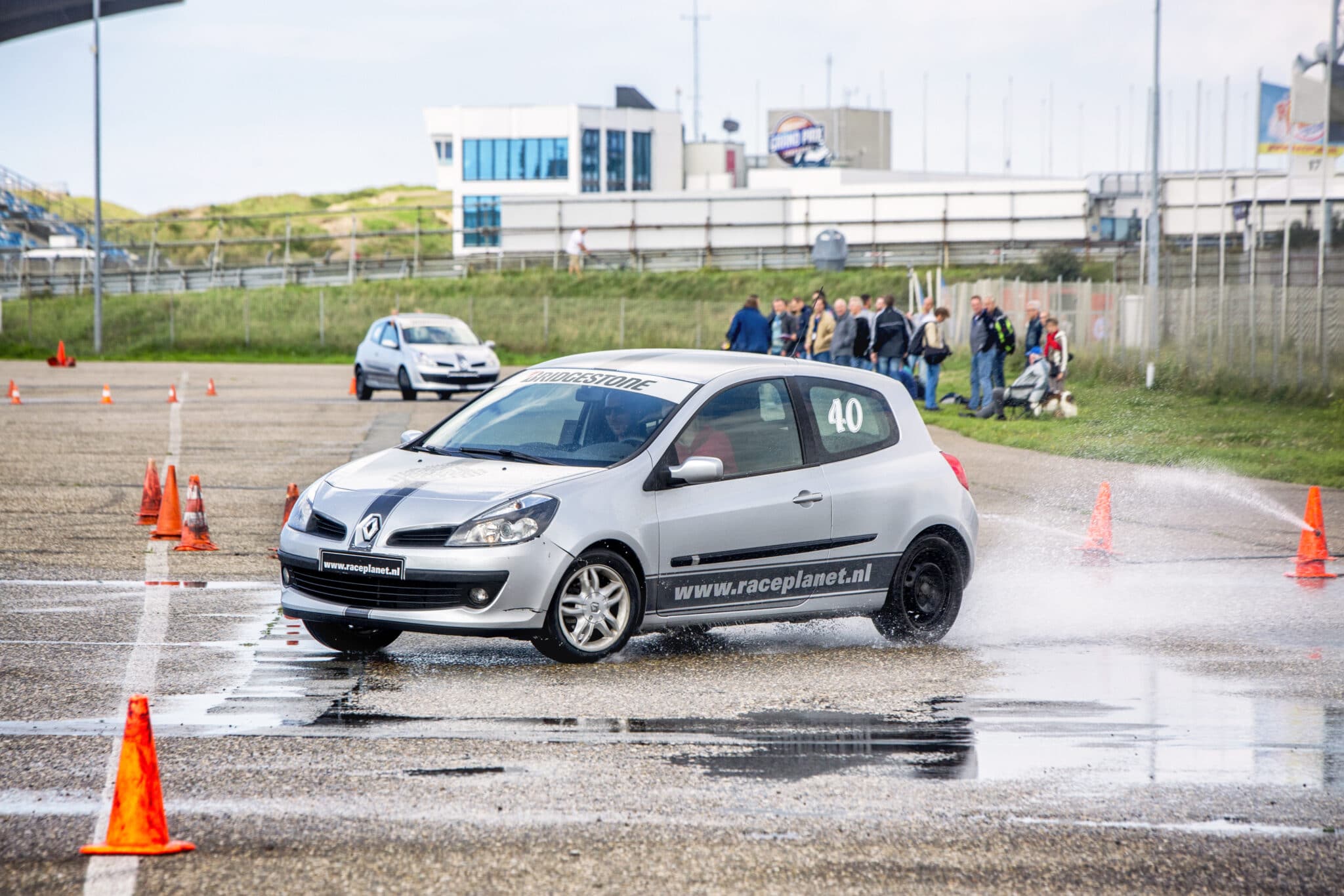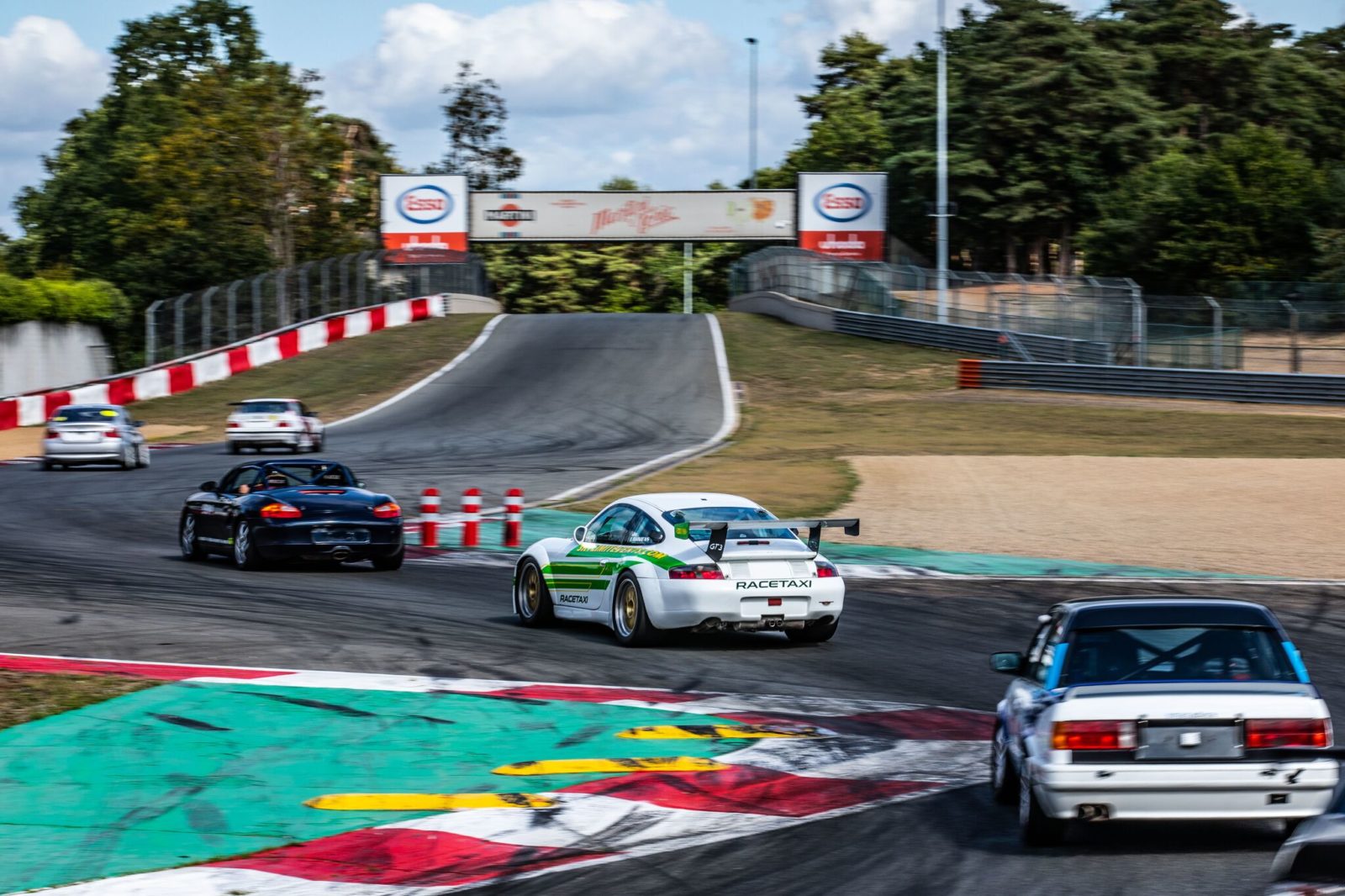

Pylons are made of thin rubber designed to disintegrate on contact. (Interestingly, one cause for total disqualification is “hitting an obstacle with one’s propeller.” This has happened several times, fortunately, with no consequence worse than a bruised ego. In a recent competition, the winning margin was only. To be competitive, a racer must fly the course clean, with no deductions. Time penalties of two, five or 10 seconds are assessed for flying too high through the pylons, any in-complete or missed maneuver, missing or touching a pylon and failing to touch down inside the designated zone on the touch-and-go. All use the same basic plan form, but specify different maneuvers in varied sequences. There are three possible flight plans for the course to keep things challenging for the racers and interesting for spectators. To compound the difficulty, the runway touchdown mat is only 39 feet long, and penalties are assessed if the aircraft touches ground outside the center 12-foot target zone. The latter sounds almost impossible out of a near-vertical dive, so Besenyei made it even tougher. Pilots not only must navigate the course between pylon pairs in minimum time, they’re required to execute specific maneuvers during the flight, usually a four-point roll, a two-of-four-point vertical roll, two low-level knife-edge passes in opposite directions between two pylons and a 11⁄4 vertical roll-up followed immediately by a touch-and-go landing on a specified section of adjacent runway. Turns between pylons can be so tight that they demand an up-and-over in order to make the radius to the next pylon gate. Despite the tight course, racers typically reach speeds as high as 250 mph on some diving recoveries. Distance between the twin rubber cones that comprise each gate varies from 33 to 45 feet, depending upon the difficulty of the entry and exit maneuvers. Competitors must fly a specific attitude (usually knife-edge or straight-and-level) between five sets of inflated pylon gates that stand only 60 feet tall, meanwhile maneuvering through a slalom-style course. Pilots fly individually against the clock on a tight, 2,000-meter course that keeps most of the action directly in front of the crowd rather than several miles away. In keeping with the vertical and inverted nature of aerobatic flying, three-time world aerobatic champion Besenyei reasoned that airplane racing should be more of a three-dimensional sport, and accordingly, the Red Bull races are a cross between high-G, low-level, air-show maneuvers and conventional, closed-course pylon racing.
#CIRCUIT RACER PLANE SERIES#
Sponsored by Red Bull Energy Drinks, the series was introduced in Europe in 2003 with only a half-dozen competitors, but it was remarkably successful.Ī product of the fertile imagination of aerobatic pilot Peter Besenyei, the Red Bull Air Race is different from anything you’ve seen before. The Red Bull Air Race World Series is as different from conventional air racing as Formula One is from NASCAR.

Now, there is something new in air racing. Airplanes fly at high speeds close to the ground.


That’s the way most air races have been run for nearly a century. A half-dozen or more pilots fly 10 to 12 laps around a three-to-nine-mile oval pylon course, and the one who crosses the finish line first wins (usually). If you’ve been to an air race or merely seen one on TV, you know the usual drill. It’s called the Red Bull Air Race, and it’s a type of competition no one in the U.S. Then, inexplicably, the airplane does an 8 G pull up to vertical, rolls past a wingover to inverted and dives straight back down toward the ground. Reno 2004: The single red and blue airplane comes screaming downhill from 1,000 feet toward the twin pylons, passes through the center of the short gap between them and starts the race. Taking air racing to a whole new level, the Red Bull Air Race pits pilots, such as Kirby Chambliss, against not only the clock, but also pylons spaced 33 to 45 feet apart-all while executing specific low-level, high-G aerobatic maneuvers.


 0 kommentar(er)
0 kommentar(er)
